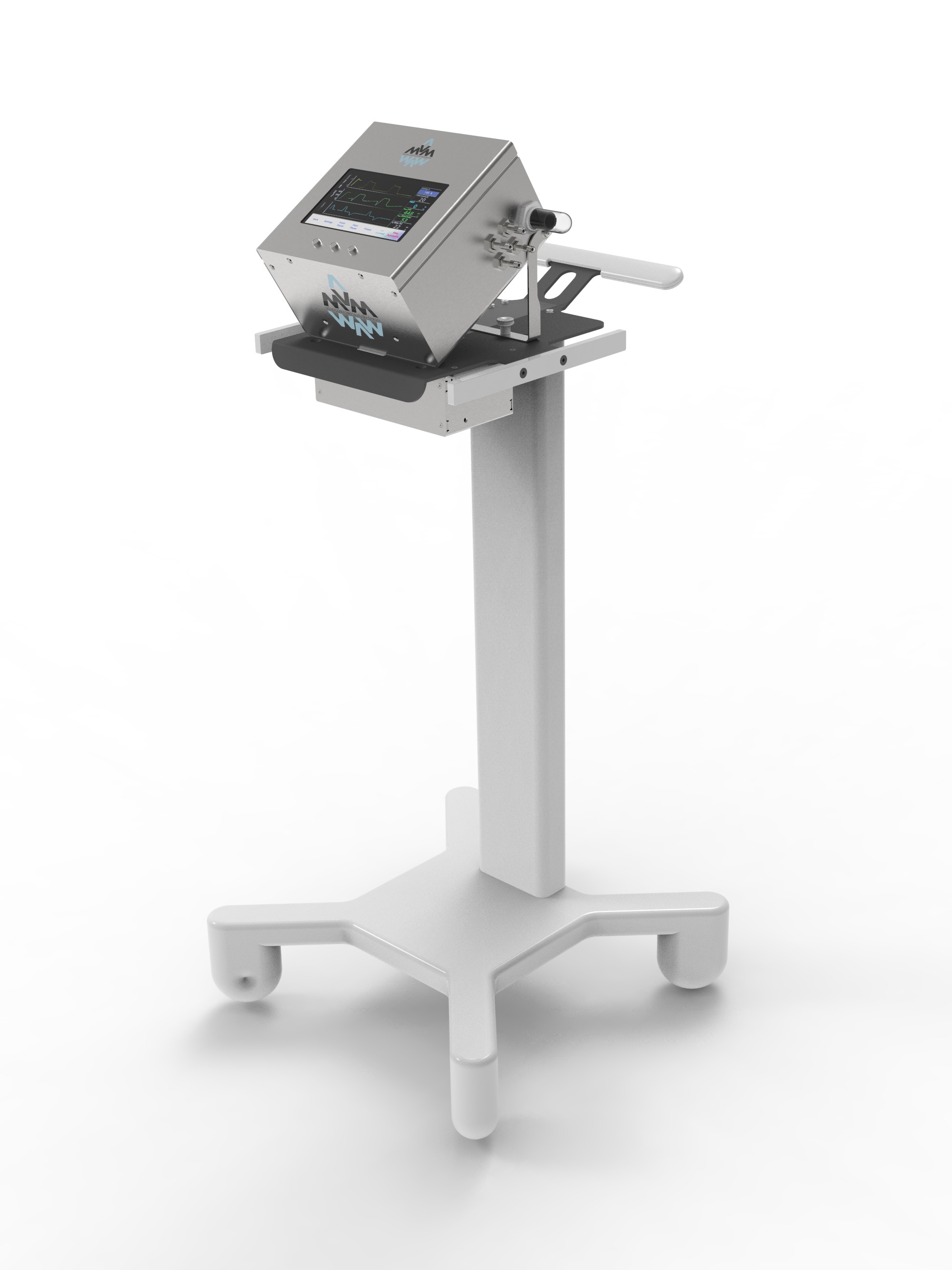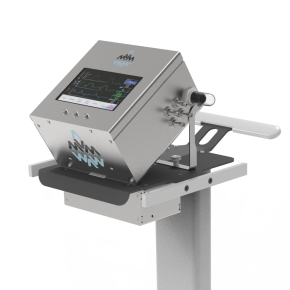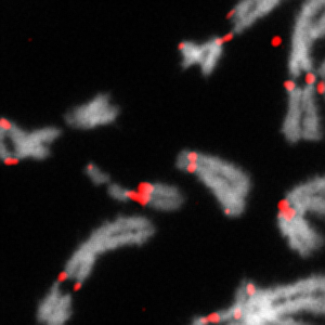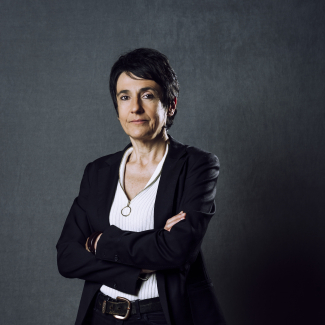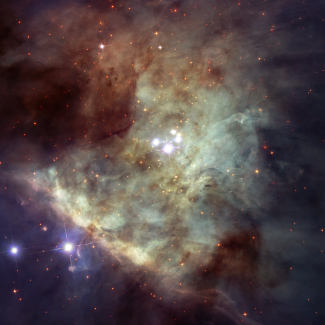
COVID-19: in uncommon times, dark matter specialists have applied their skills to ventilators
The Mechanical Ventilator Milano (MVM), an open source ventilator to support patients severely ill with COVID-19, has moved from design to reality in six weeks, propelled by physicists specialised in dark matter who turned their attention away from unknown particles for this period. It has just been authorised by the US Food and Drug Administration (FDA) as within the scope of the emergency use authorization for ventilators in intensive care. This was made possible by an international collaboration of scientists and companies mainly in Italy, Canada and the United States. In France, the Laboratoire Astroparticule et Cosmologie (CNRS/Université de Paris) drove the project from the start, alongside the Subatech laboratory (CNRS/Université de Nantes/IMT Atlantique) and MINES ParisTech.
Those seriously infected by COVID-19 often need respiratory assistance and this created unprecedented worldwide demand for ventilators. To meet this need, the international MVM collaboration composed mainly of particle physicists, physicians and companies, tackled the challenge of designing, developing, building and certifying a controlled-pressure ventilator. Its simple mechanical design allows large-scale production quickly and at low cost, using components widely available worldwide. Another key point is its sophisticated control system, which makes the two ventilation modes required for COVID-19 patient care (assisted and controlled) available. And it is easy for medical personnel to operate.
The initiative was born from the Global Argon Dark Matter (GADM) scientific collaboration, which works on dark matter, one of the Universe’s mysterious “invisible components”. As the region around Milan was in lockdown early in the pandemic, the collaboration’s spokesperson, Cristiano Galbiati, a physicist at the Gran Sasso Science Institute (GSSI) in Italy and at Princeton University (USA), mobilised members of GADM, including Canadian 2015 Nobel laureate in Physics, Art McDonald, and other particle physicists. Since the team members were used to working together towards a common goal across the Atlantic, the work advanced quickly, almost non-stop. Making the MVM ventilator available to patients requires collaboration beyond physicists: engineers, doctors, manufacturers, healthcare service providers, government entities and regulatory authorities all provided valuable contributions to the project. A prototype was built in less than 10 days at Elemaster and the first tests were on March 29 in the San Gerardo hospital in Monza, Lombardy, Italy. This achievement shows the impact that fundamental research can have on society, thanks to its ability to generate new understanding and technological innovations.
Davide Franco, a CNRS researcher at the Laboratoire Astroparticule et Cosmologie, promoted this initiative in France and participated in mechanical ventilation tests for the MVM’s development and certification. MINES ParisTech/Armines and the Subatech laboratory joined the project to add momentum in preparing for deployment and production in France.
The final design of the MVM ventilator has been released on arXiv.org, licensed under the CERN OHL v2.0 by the Fondazione Aria (Italy): https://arxiv.org/pdf/2003.10405
To find out more: https://mvm.care
Read the original press release issued by the MVM collaboration: http://mvm.care/wp-content/uploads/2020/05/MVM-FDA-EUA-International-Press-Release-1.pdf
Link to the FDA Emergency Use Authorization: https://www.fda.gov/media/136528/download
